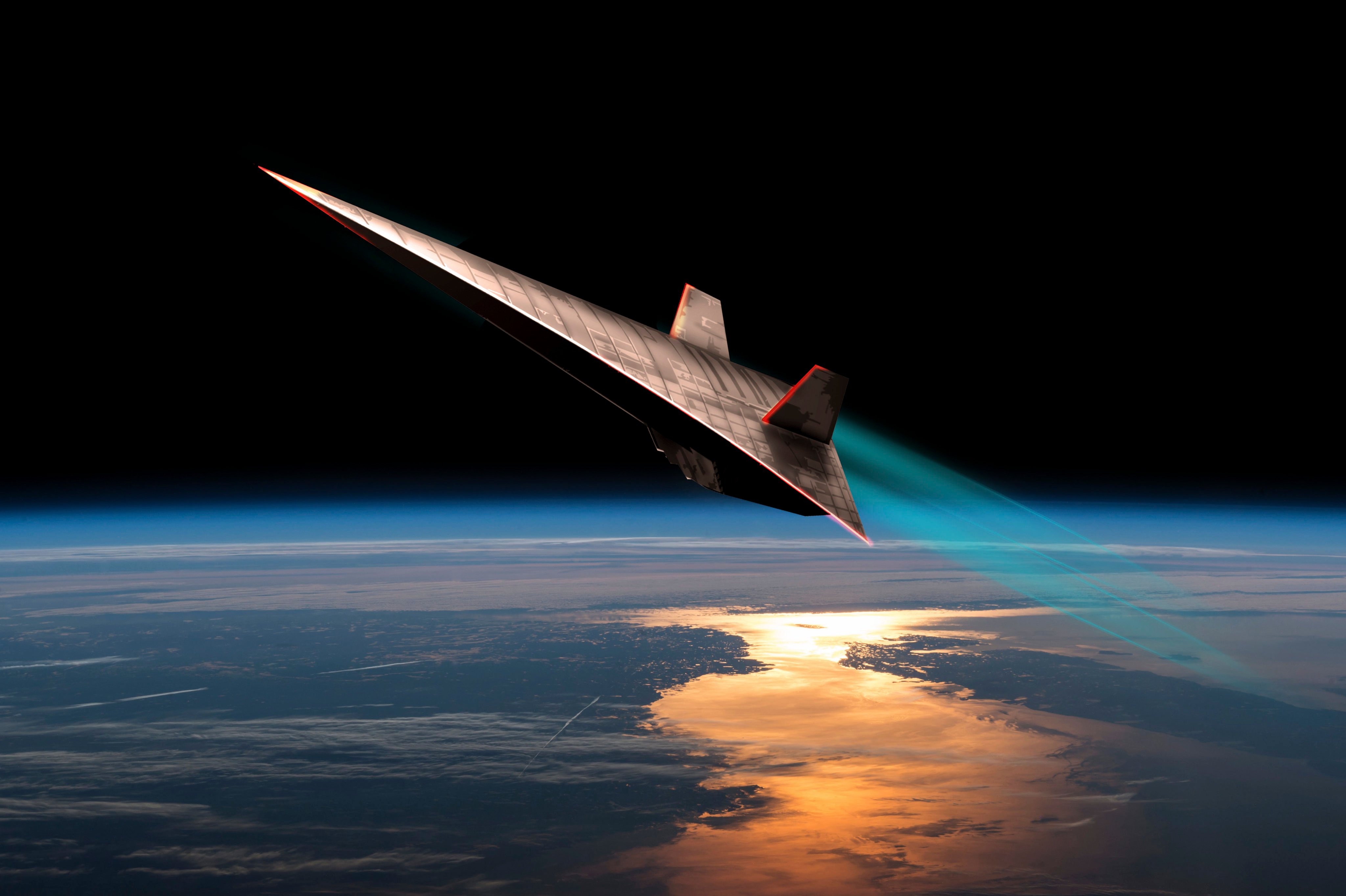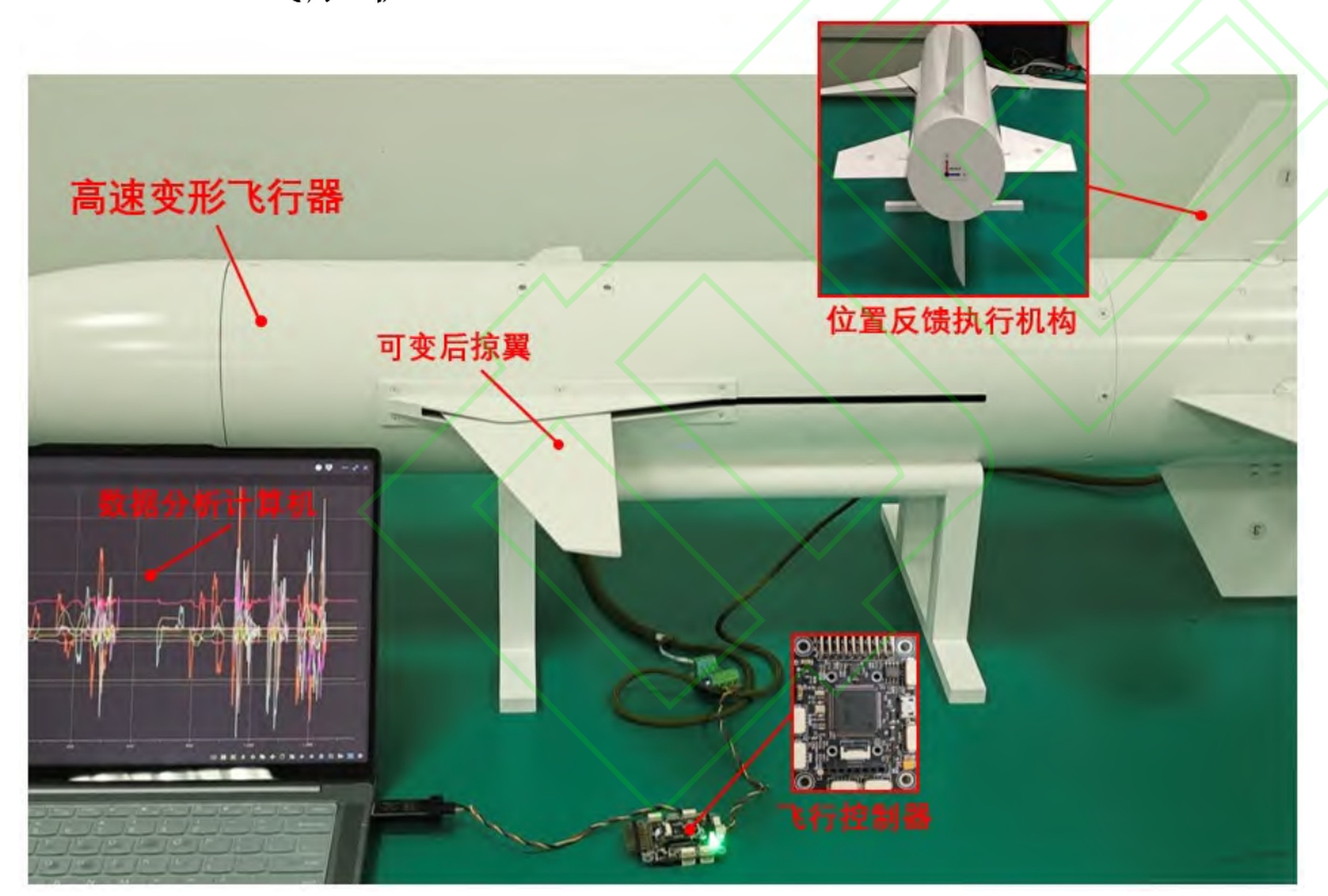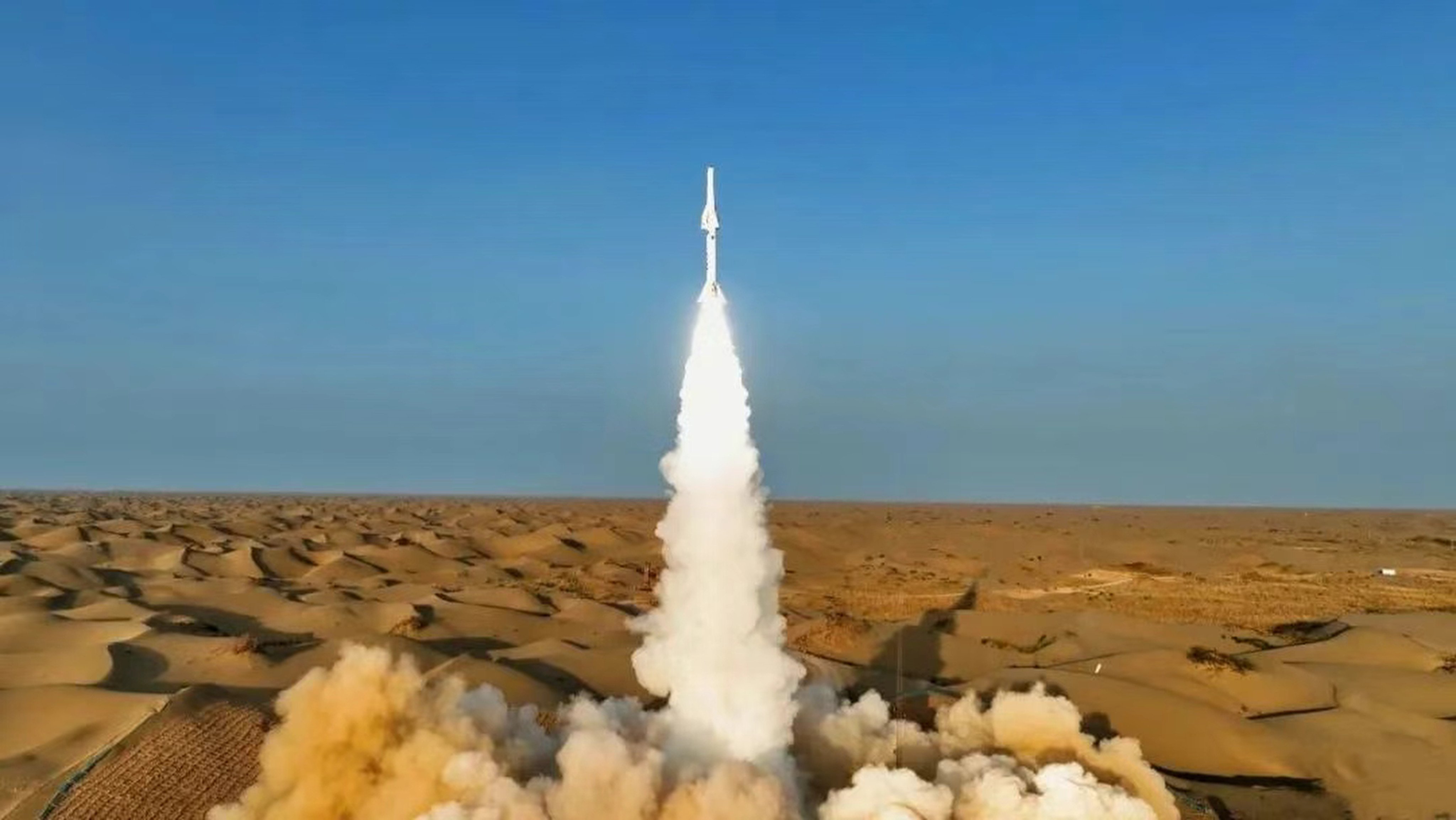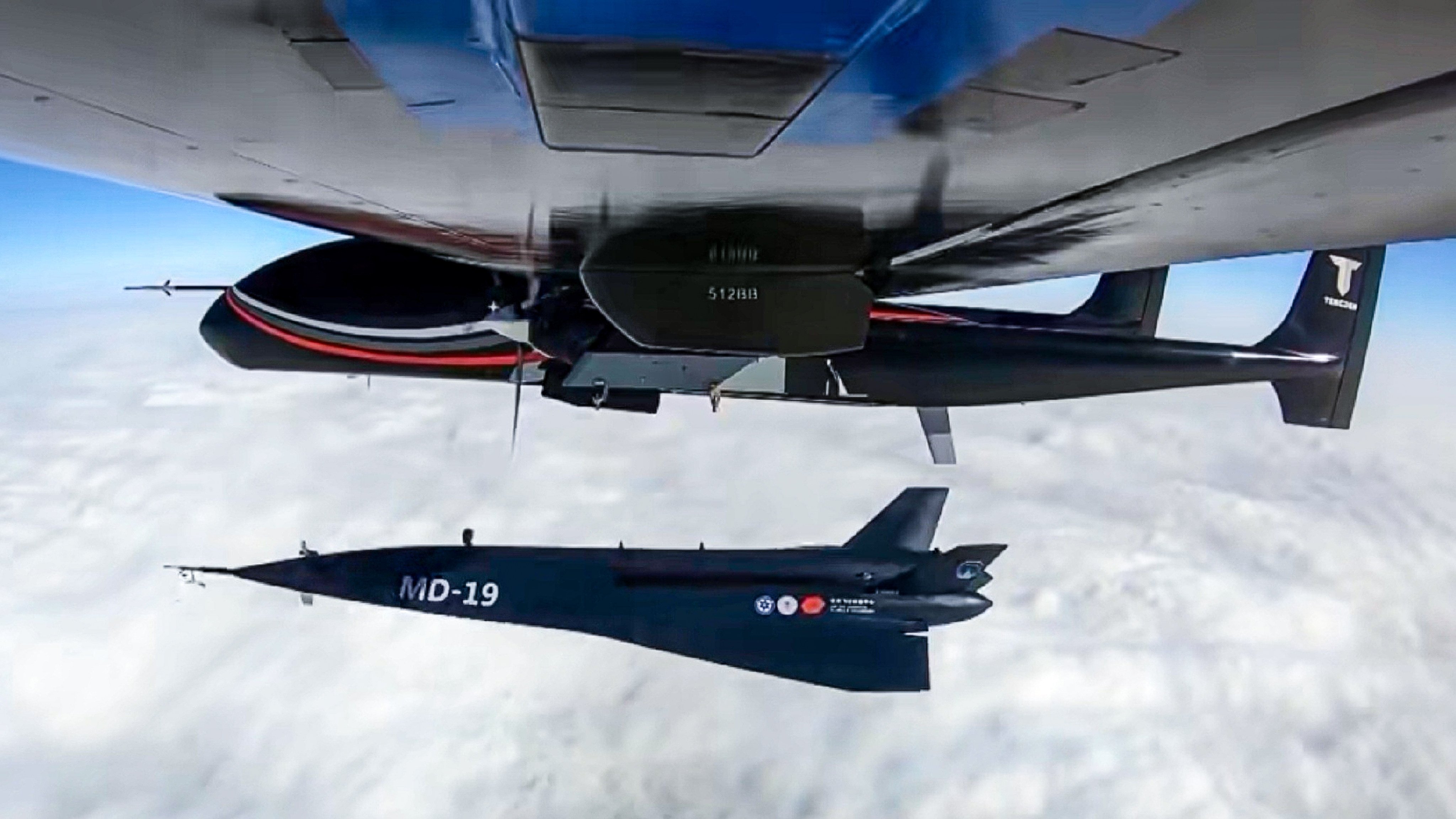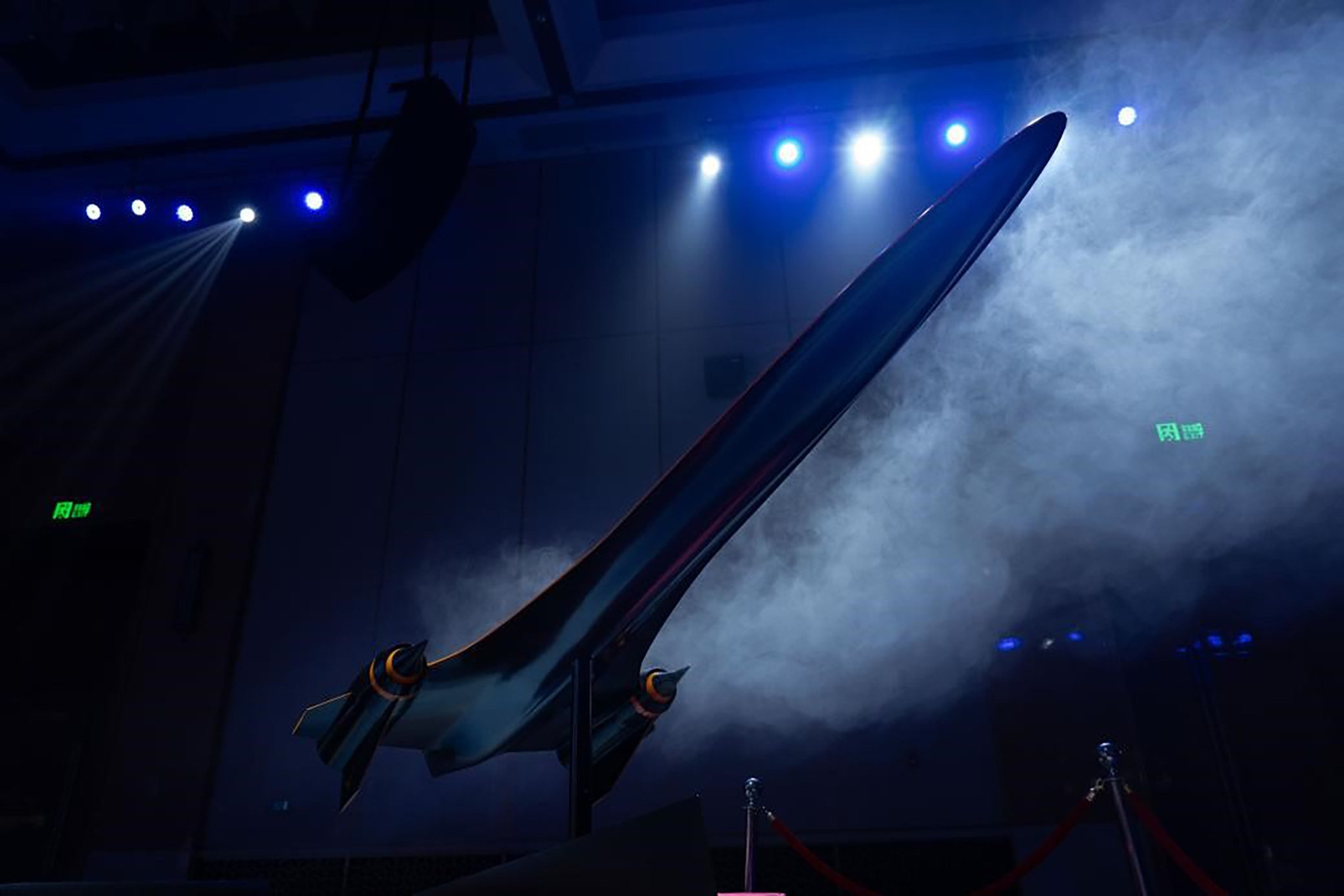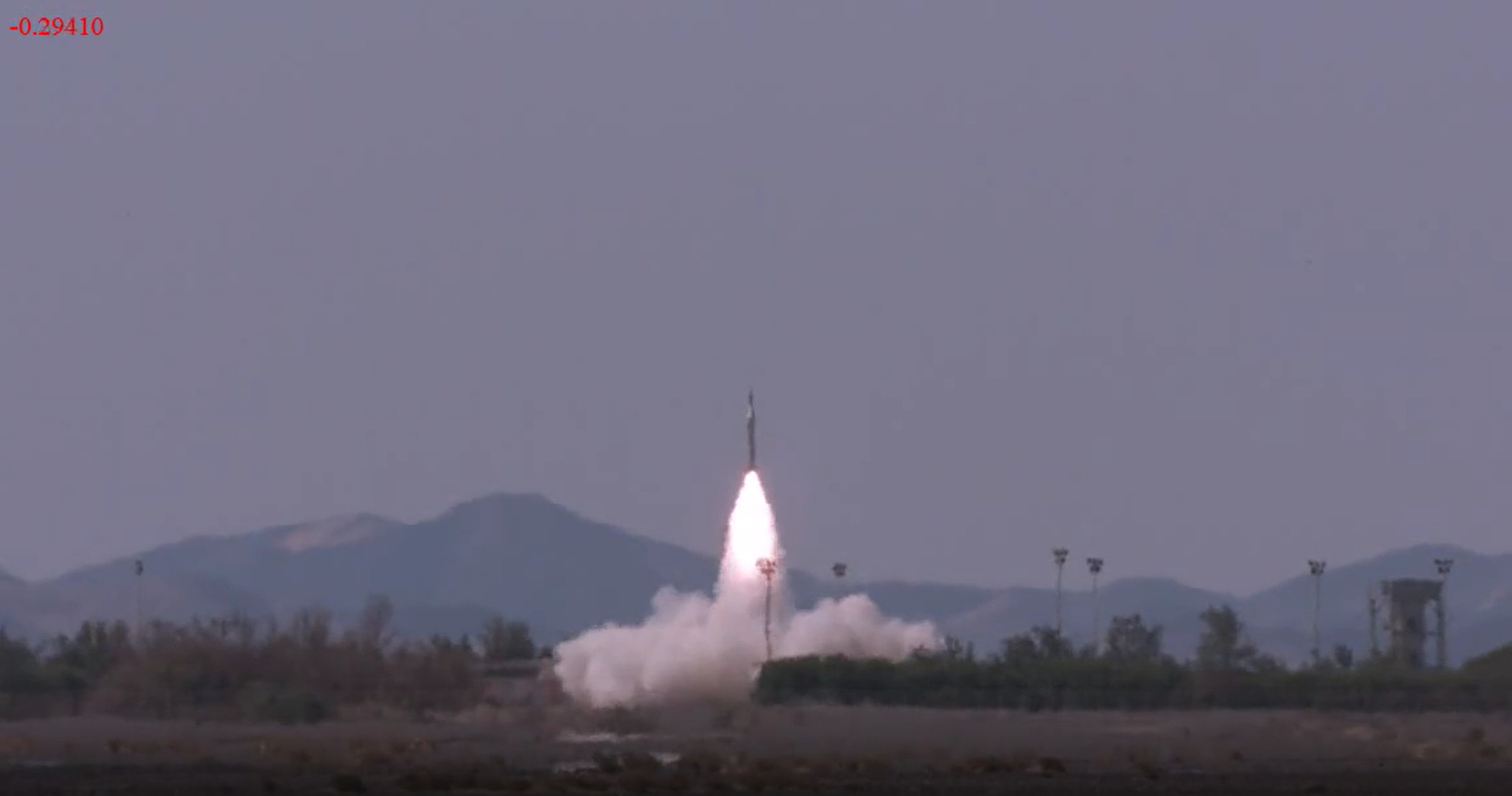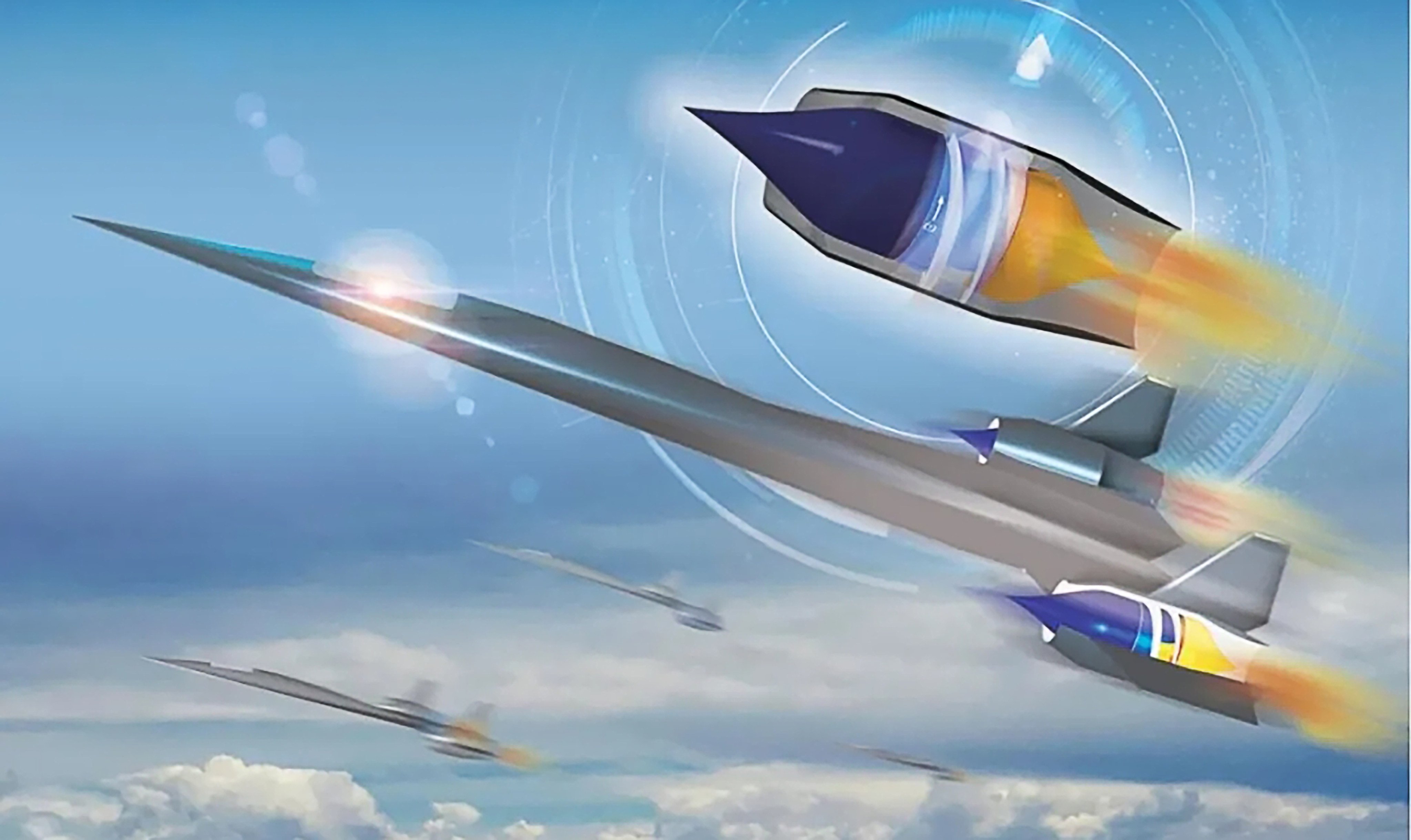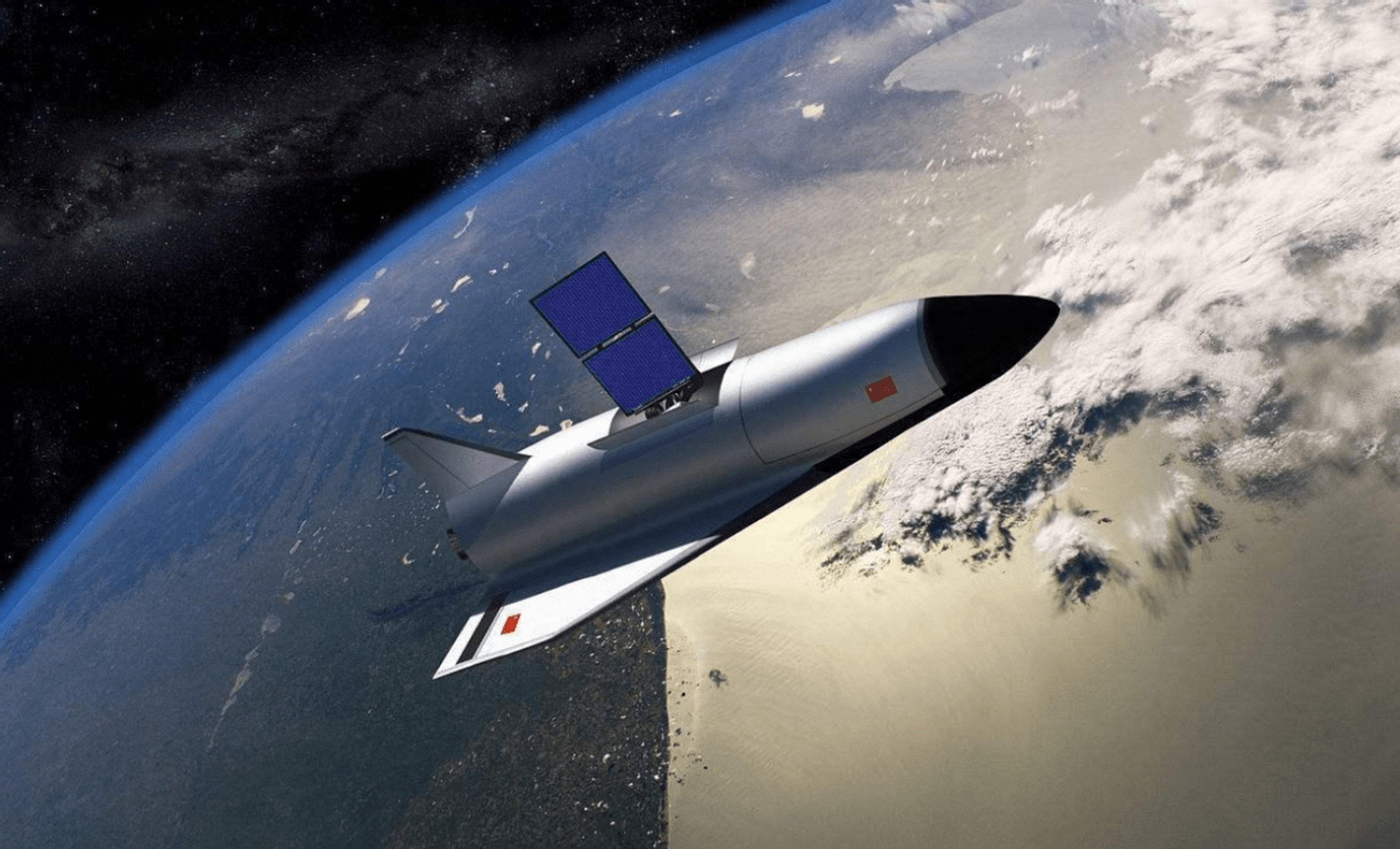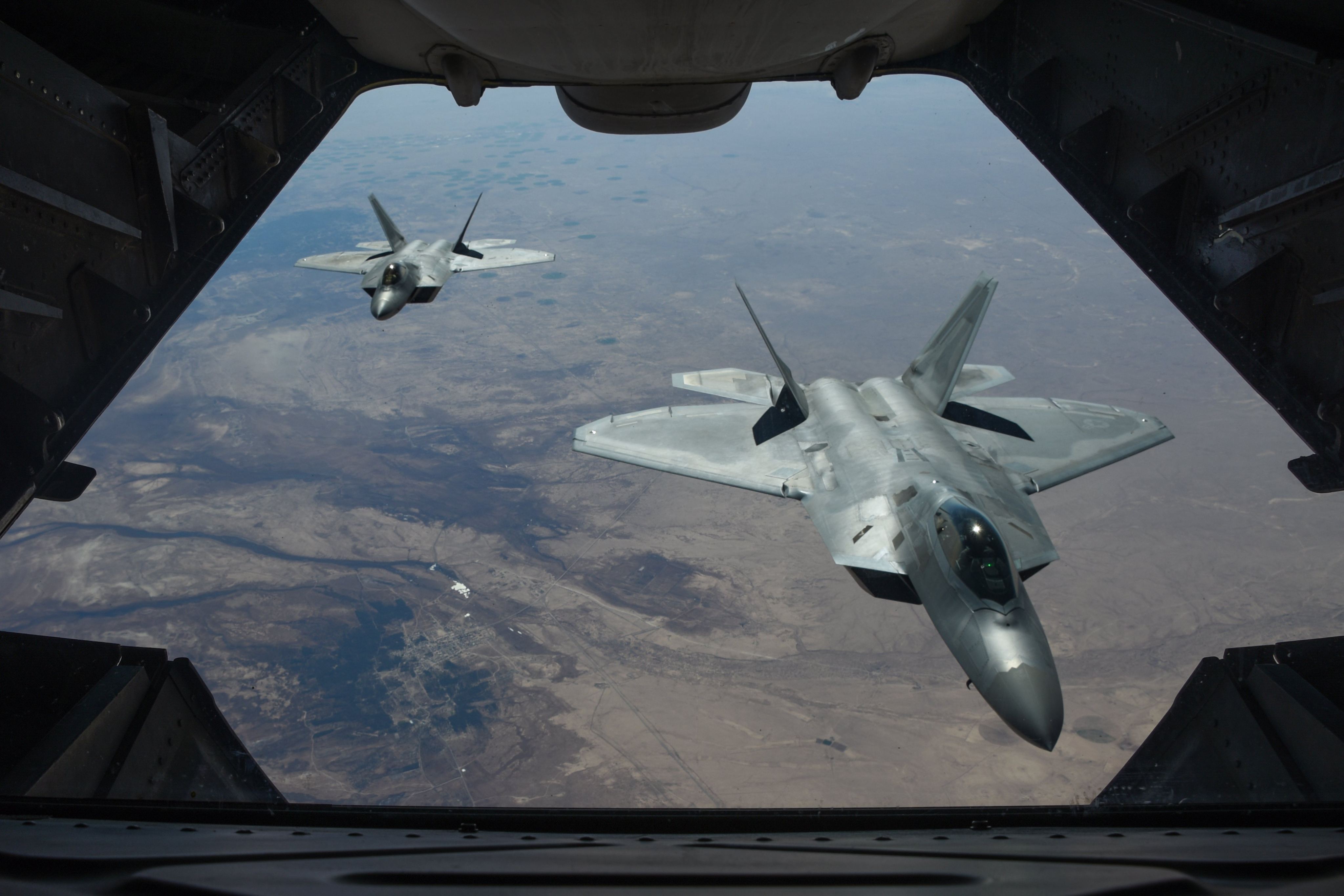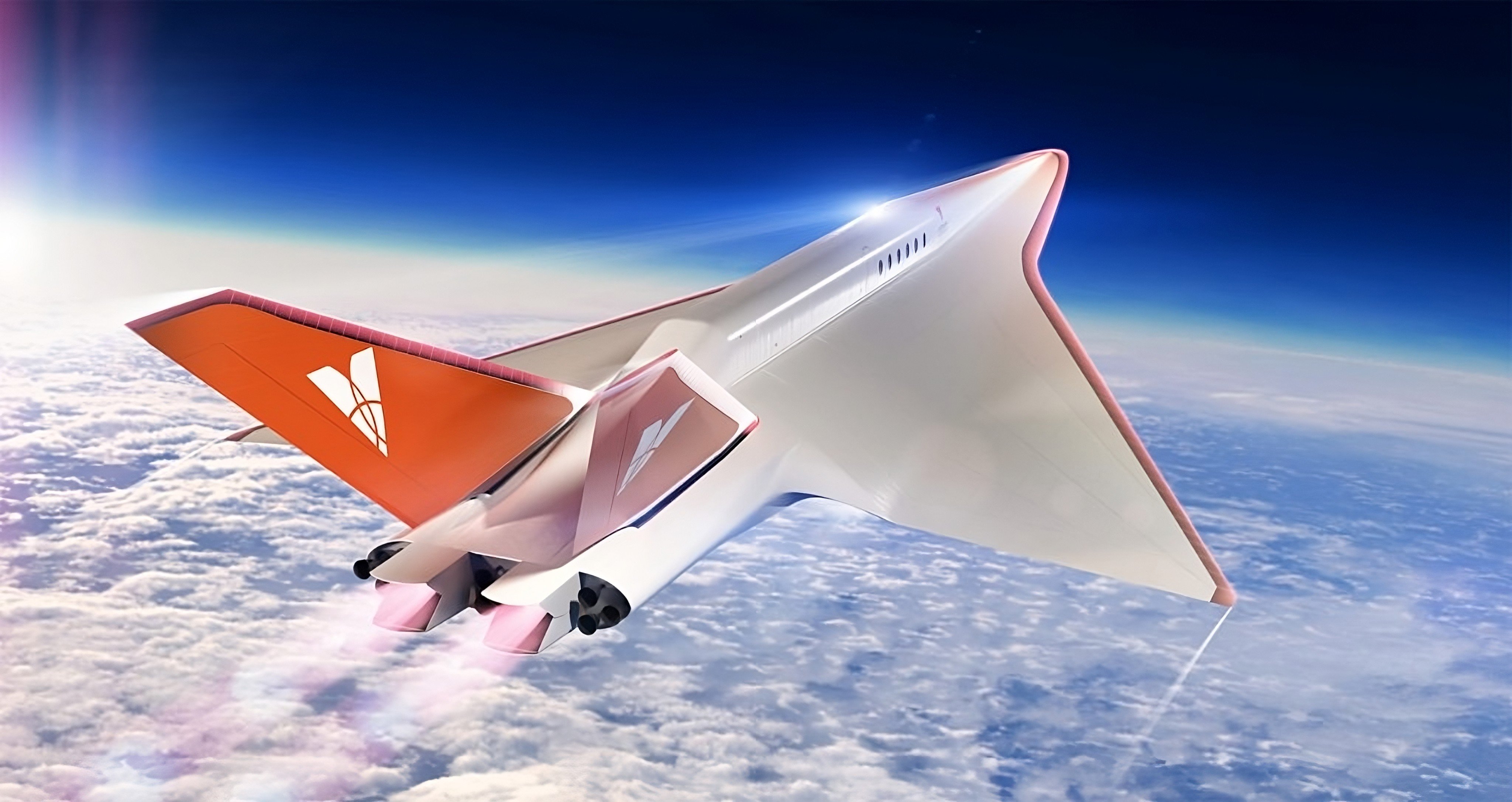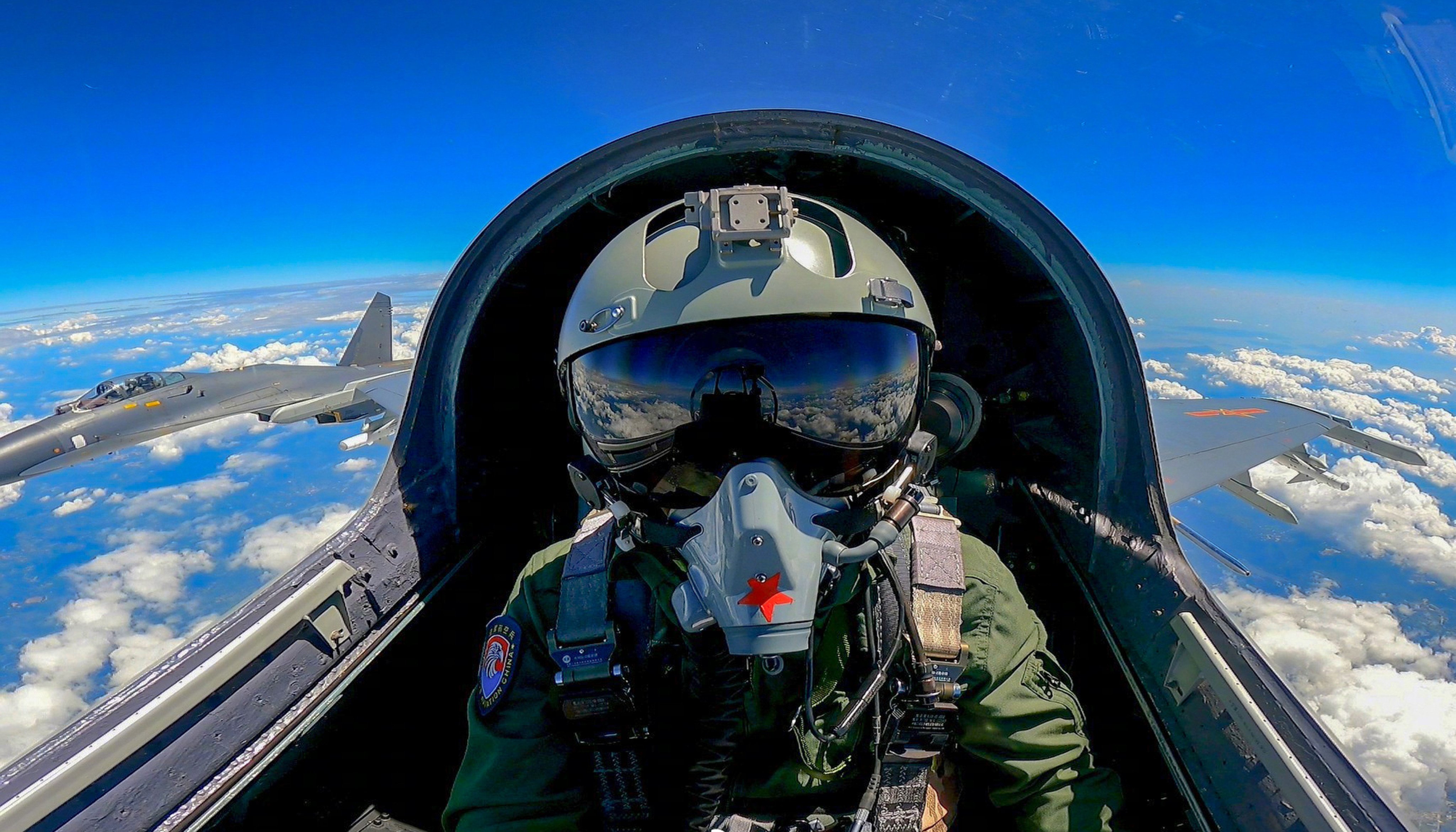TOPIC
Hypersonic flight
Related Topics:
Hypersonic flight
Hypersonic flight - which means attaining speeds of more than Mach 5 below altitudes of 90km (56 miles) - is seen as the future of international travel, theoretically allowing people to traverse the entire planet in just a few hours' flight. It may also be used militarily, transforming the risks and rules of global conflict.
Help preserve 120 years of quality journalism.
SUPPORT NOWAdvertisement
Advertisement
Advertisement
Advertisement
Advertisement
Advertisement
Advertisement
Advertisement
Advertisement
Advertisement
Advertisement
Advertisement
